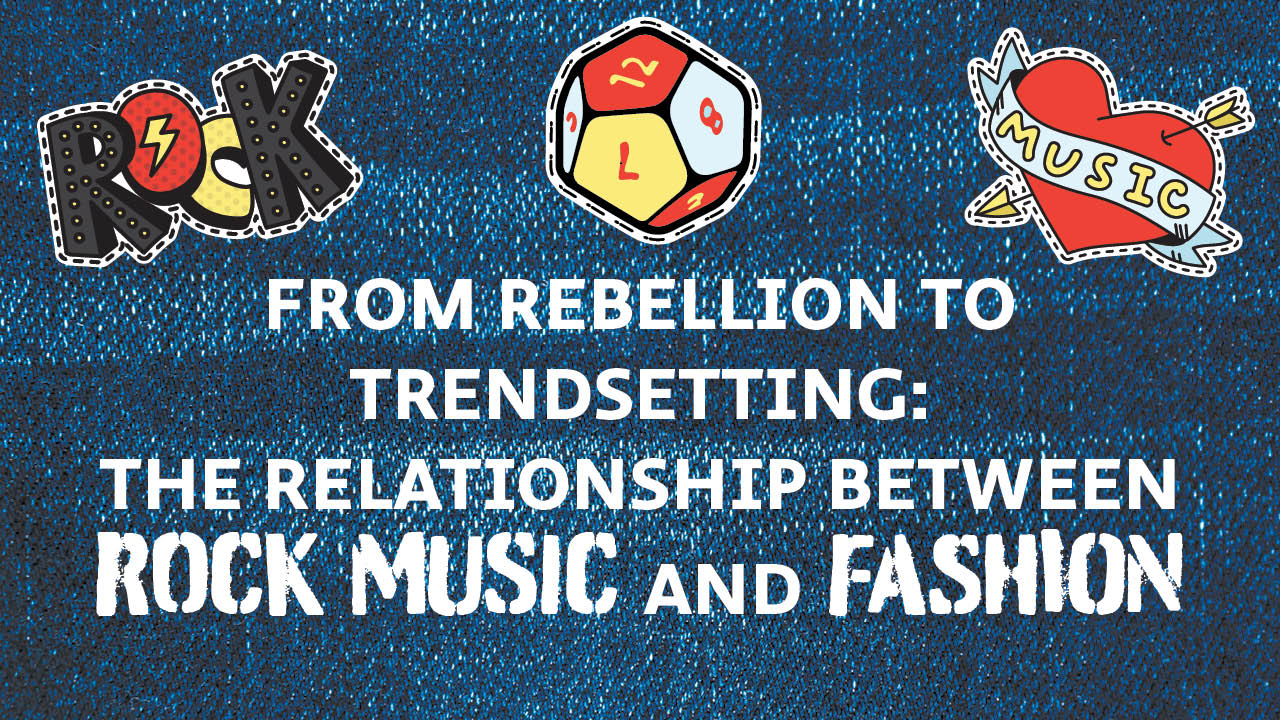From rebellion to trendsetting: the relationship between rock music and fashion
 CREDIT: FSU PUBLICATIONS AND COMMUNICATIONS DEPARTMENT
CREDIT: FSU PUBLICATIONS AND COMMUNICATIONS DEPARTMENTFashion has been at the forefront of rock n’ roll since the inception of the genre. It’s evolved throughout the decades alongside the music, giving each subgenre of rock its very own distinct and unique look.
In the 1960s, many youths were influenced by the “peace and love” of the hippie movement, which vocalized a heavy opposition to the Vietnam War. They wore various colourful fabrics and loose-fitting clothes, the very image that comes to mind when thinking about the 60s social era.
Famous icons like Jimi Hendrix and Janis Joplin adopted these looks when they performed on stage. They may have just been clothes they wore when they performed on stage, but they also used their clothing as a statement, like their music. It showed who they were as people, off the stage, and the movement they stood with during that time.
They used their clothing as self-expression and public representation, as a means of standing out and looking unique in the public eye. Throughout the many years that followed, similar situations occurred with artists and their fans taking similar stances with music and fashion to break social norms, like Freddie Mercury and the abundance of leather he wore or Nirvana with baggy cargo pants and flannels.
These traditions have carried over into today’s age with the current generation, with a new look and approach. Spencer Lentini, a Fanshawe grad and musician, stated the importance of why self-representation through fashion goes hand in hand when he performs stage.
“Everyone has an opinion on how they want to represent themselves on stage, others like to dress like a rockstar as if they were in the 80s or in the 90s, like playing shirtless or because they want to represent a trend that occurred in the past and I feel in today’s day, people emulate that,” said Lentini.
Lentini associates his personal style as “alternative indie,” which is a newer look that has come out. He described how he incorporates it when performing on stage with his band El Paladin as a core part of his personal brand for himself as a musician.
“I consider myself an alt-indie boy, you know; I paint my nails, I wear chains, I have piercings and I’ve always grown up around that style. The more I’ve been playing music, I feel like people are starting to see that I’m a part of that community,” said Lentini.
Like clothing, hairstyles have also been attributed to various rock genres. It became most noticeable during the 80s and carried on into the early-2000s during the rise of pop-punk. These styles incorporated various gender non-conforming things like coloured hair dye, darker toned makeup, and more.
Factors like these gained widespread attention for many bands and garnered a lot of negativity from people, which was done intentionally for that reason alone.
“Let’s use punk music as an example,” said Lentini. “When you mention a punk band, the first band that comes to mind is Blink-182 or The Sex Pistols, they were the most popular/ standout bands. But then, when you start getting into postpunk and pop-punk bands like Paramore, Billy Talent, Sum 41… all these bands are just taking elements from the main like ‘trenders’ and then just turning into their own thing.”
As trends have come and gone, people have been becoming more comfortable in the way they dress for their own personal style or for what they wear when going out with friends. What was once deemed weird or abnormal is now being labelled as outdated thinking.
Today, many like to mix and match the trends of the past and current time. We live in an era in which how we present ourselves in public has no limits or boundaries, allowing for creative and unique compositions to be shown off. I think what’s really cool about modern-day dressing now is that it’s kind of an appreciation to all the outfits that came out in each genre era, like from the 50s till now. I think this is the perfect era to actually kind of get to experiment with all these fits before a new massive outfit trend occurs.”
Lentini also credited the popularity in thrifting amongst GenZ as a reason why this current trend is so well-renowned.
“Everyone’s just thrifting stuff, they’re just using old clothes that they are classifying as vintage clothing, basically bringing back the retro looks again, with an outfit that looked like it would only cost about $3 from Value Village.”

















